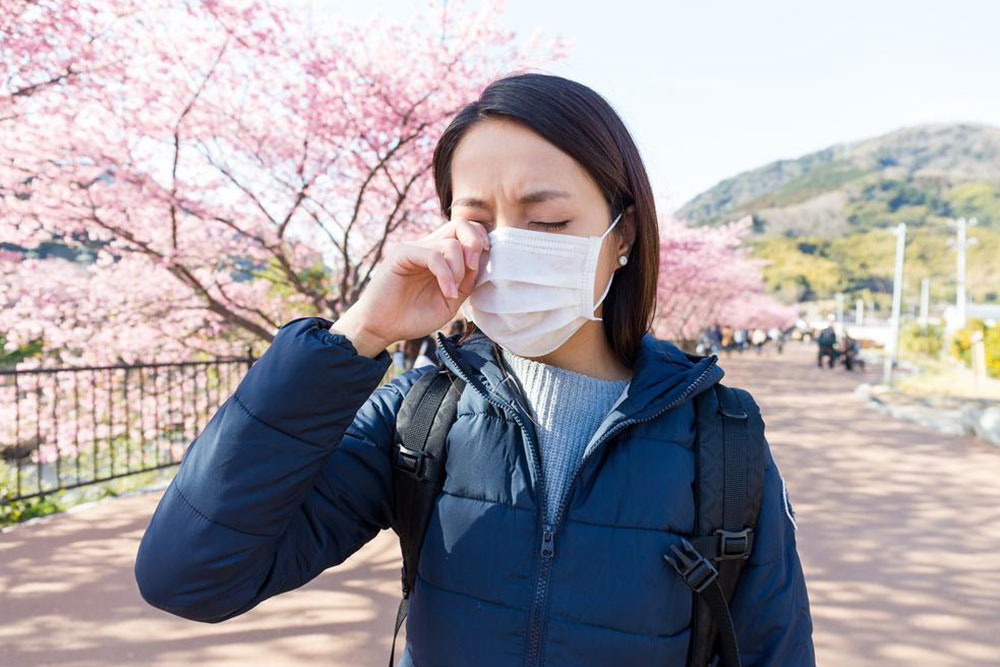Effective Techniques for Managing Dog Allergy Symptoms and Living Comfortably
Discover comprehensive, effective strategies to manage dog allergy symptoms and enjoy life with your furry friends. This detailed guide covers causes, signs, medications, and natural remedies, helping allergy sufferers reduce discomfort and improve quality of life. Learn how to control pet allergens, adopt safer habits, and create an allergy-friendly environment to live comfortably alongside dogs.

Effective Techniques for Managing Dog Allergy Symptoms and Living Comfortably
Comprehensive strategies to alleviate symptoms caused by dog allergies
Coming home after a long, demanding day to the comforting presence of your beloved pet can significantly enhance your mood and provide emotional support. Dogs are often celebrated as loyal companions and are frequently described as "a person’s best friend," thanks to their unwavering loyalty and affection. Beyond companionship, dogs also serve therapeutic roles in many people's lives, helping reduce stress and anxiety. However, for some individuals, close contact with dogs results in unpleasant allergic reactions, which can hinder the joy of sharing life with these furry friends. If you experience frequent sneezing, nasal congestion, itchy eyes, or skin irritation around dogs, you might be dealing with a dog allergy, not just mere dust or environmental irritants. Recognizing and managing this allergy is crucial for maintaining both your health and your relationship with your pet.
Many believe that the length of a dog’s hair significantly impacts allergen levels; however, the core issue relates to pet dander — microscopic particles shed by all dogs, regardless of breed or hair type. This dander comprises dead skin cells, saliva, and urine, all of which contain harmless proteins that can trigger allergic responses in sensitive individuals. Understanding the root causes of dog allergies is essential for effective management and creating a harmonious living environment.
Understanding the causes of dog allergies
Although long-haired breeds are often thought to produce more allergens, the primary culprit for allergic reactions is pet dander, which is shed by all dogs.
Different dog breeds vary in the amount of dander they produce; some breeds are considered hypoallergenic, but no breed is entirely allergen-free.
Other allergens include saliva and urine, which contain proteins that can spread onto surfaces and contribute to allergy symptoms.
Allergic reactions happen when the immune system mistakenly perceives these harmless proteins as threats, triggering an inflammatory response that manifests through various symptoms. Identifying and controlling exposure to pet allergens is key to reducing symptoms and improving quality of life for allergy sufferers.
Common signs of dog allergy
Red, itchy, and inflamed skin, especially on areas that come into contact with the dog or its saliva.
Swollen, itchy eyes and nasal passages upon contact, often accompanied by watery eyes and nasal discharge.
Skin rashes or hives appearing on the face, neck, or chest.
Frequent sneezing, coughing, wheezing, and in some cases, exacerbation of asthma symptoms.
Persistent eczema that worsens after exposure to pet dander.
Medications and treatments to manage dog allergy symptoms
Nasal corticosteroids such as Flonase are highly effective in reducing nasal inflammation and controlling allergy symptoms.
Over-the-counter antihistamines like loratadine or cetirizine can alleviate sneezing, itching, and runny nose, but should be used under medical supervision.
Cromolyn Sodium nasal sprays serve as prophylactic treatments, preventing allergic reactions when used regularly.
Decongestants, available both OTC and prescription, help open congested nasal passages and ease breathing difficulties.
Natural and alternative remedies for allergy relief
Apple cider vinegar, known for its antibacterial and anti-inflammatory properties, can aid in mucus thinning and lymphatic drainage, potentially reducing allergy symptoms.
Quercetin, a natural plant bioflavonoid found in foods like onions and apples, stabilizes mast cells and prevents excessive histamine release, thereby minimizing allergic reactions.
Essential oils such as eucalyptus and peppermint can be diffused or inhaled to help clear nasal passages and improve breathing.
Managing dog allergies requires a comprehensive approach that combines healthcare, lifestyle adjustments, and environmental control. With proper strategies, it is possible to enjoy the companionship of your dog without compromising your health. Consult healthcare professionals for personalized advice and treatment options tailored to your specific allergies. Adjusting your home environment—such as frequent cleaning, using HEPA filters, and creating pet-free zones—can significantly reduce allergen levels and improve your living conditions.





